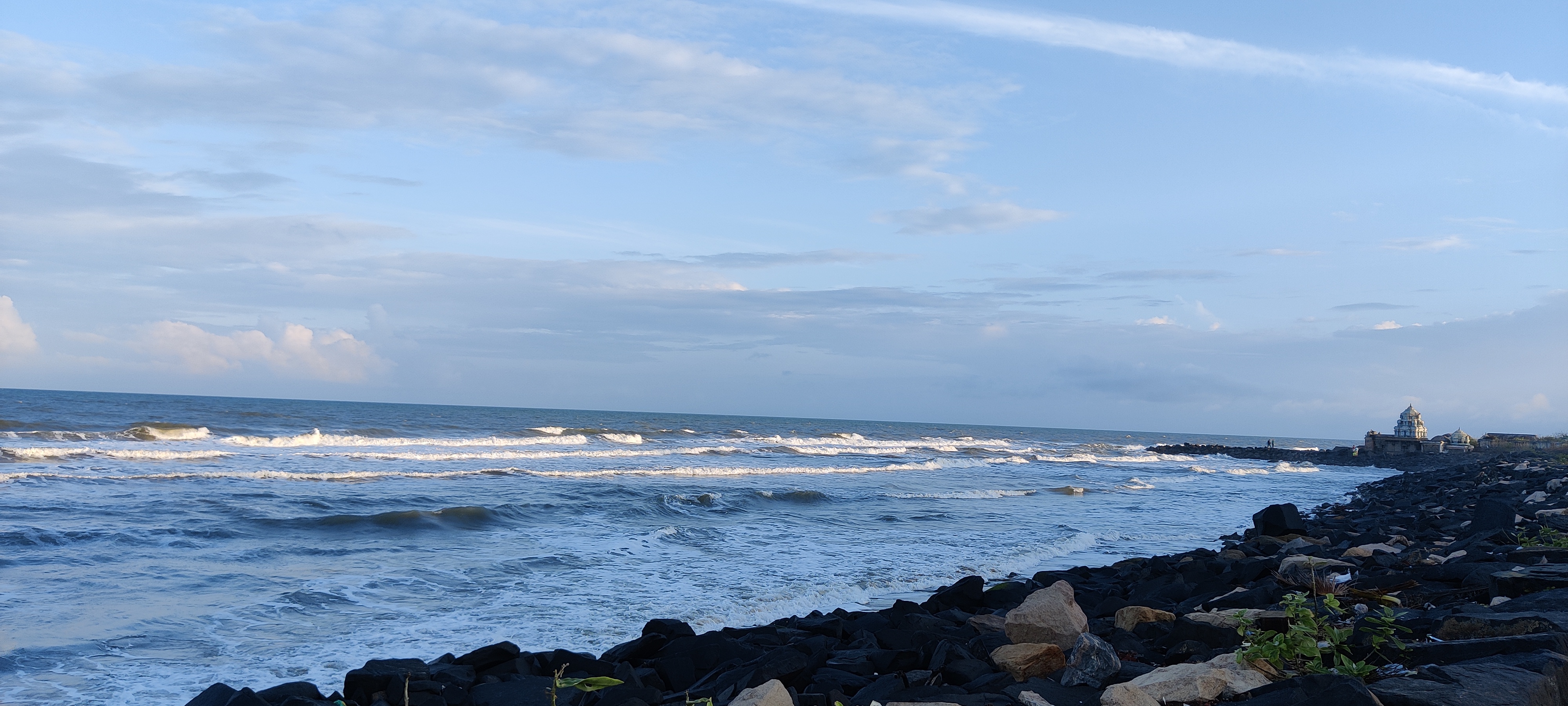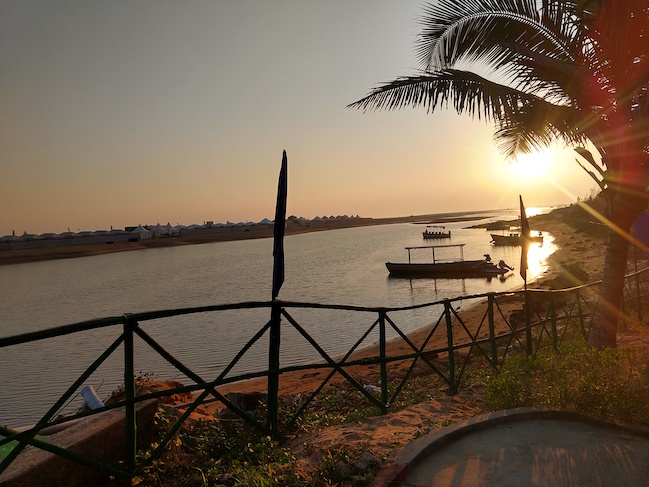When the Danes landed in the east coast near Tarangambadi, admiral Ove Gjedde perhaps felt a sense of tranquillity. With a rhythmic, but soothing sound of crashing waves, the endless blue sky and fresh air, it could not have been otherwise. The origins of the name ‘Tarangambadi’ is not known, except that it means ‘place of the singing waves’.
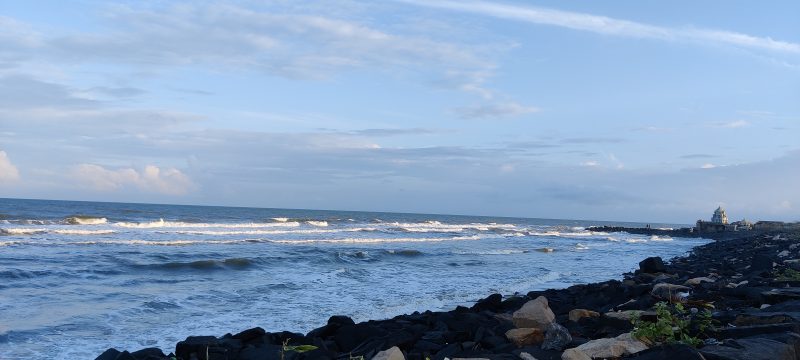
Well, tranquillity might not be the reason why Ove called it Tankebar. But that’s what we felt when we reached there on a December afternoon. Clear skies (which remained for most part of the 3 days we stayed there), the constant singing waves and the blue sea. Though there are a couple of hotels, the notable one being ‘The Bungalow By the Beach from Neemrana’, there were hardly any tourists. Most people visit Tarangambadi as one of their places to visit while passing by. Tarangambadi is also supposed to be among the most ozone rich beaches in the world, according to some studies done.
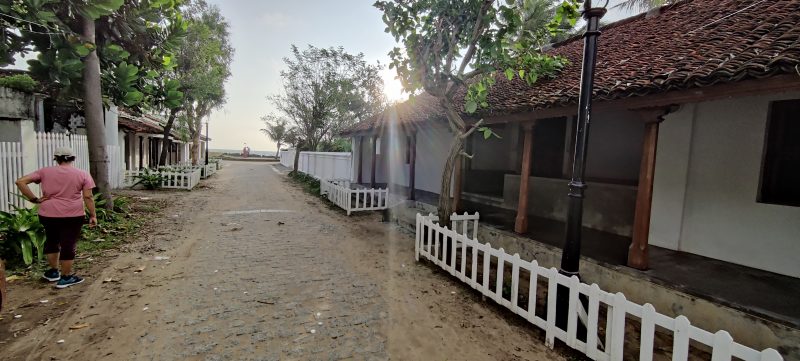
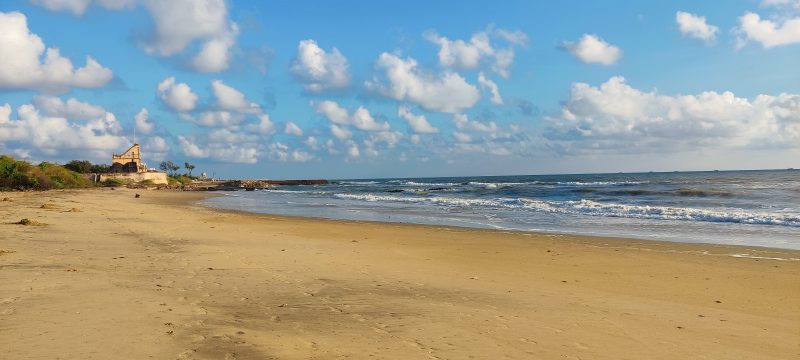
In 1620, when the Danes landed, Tarangambadi was under the Nayaks of Tanjore, ruled by Raghunatha Nayak. The Danes then set up their first trading port, and named it Trankebar (later Tranquebar). The settlement around the fort has neatly laid out by lanes with old and new (renovated) houses flanking on both sides. The construction of Fort Dansborg started in 1620s and is the second largest Danish fort, the largest being Kronborg in Denmark. The Zion Church, which was built in 1701 is the oldest Protestant Church in India. In 1718, The New Jerusalem Church was built by the Danish missionary Bartholomäus Ziegenbalg. The Governor’s Bunglow is now the heritage hotel by Neemrana. The 14th century Siva Temple is the oldest monument.
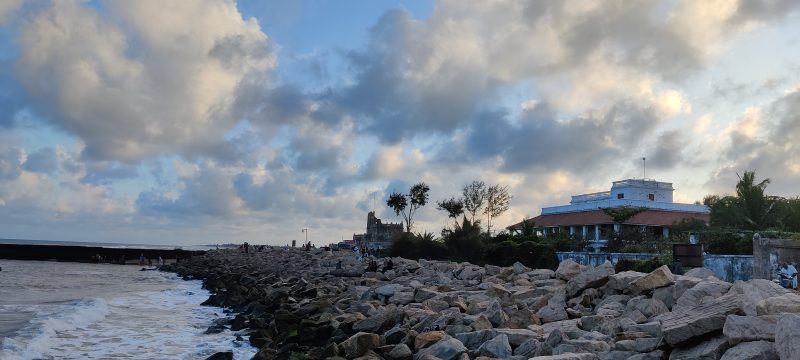
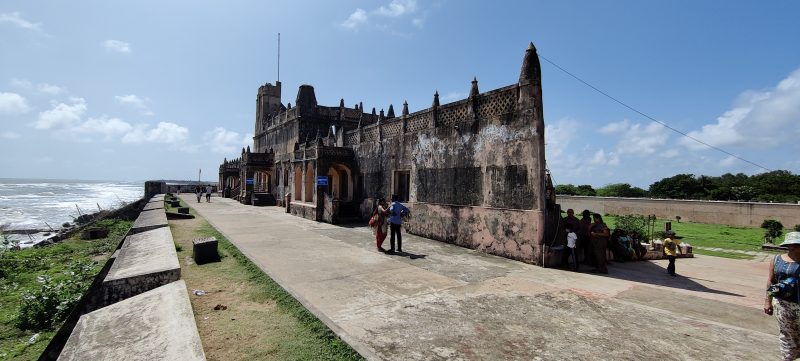
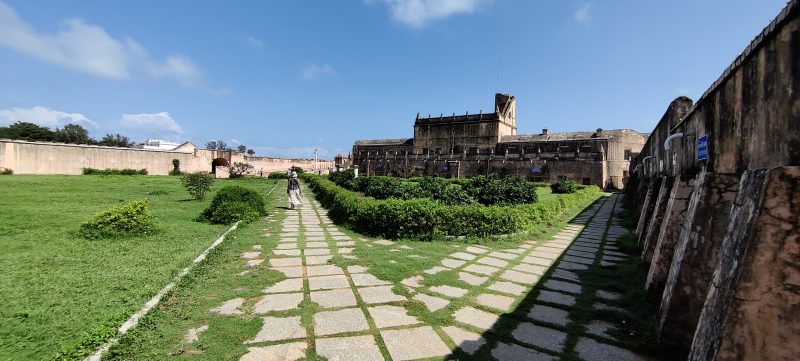
For the two nights we stayed, our abode was another heritage house on the Goldsmith Street. Thangam House is a traditional row house, renovated to a cosy heritage hotel. Most of the houses on Goldsmith street are renovated by an INTACH project. The stone paved street with houses with picket fences (though picket fence is not a traditional construct) are nothing but charming. The Goldsmith street, like many other streets leads one to the sea.
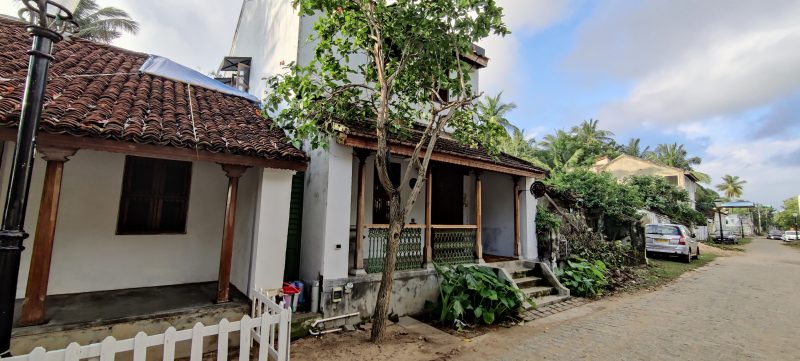
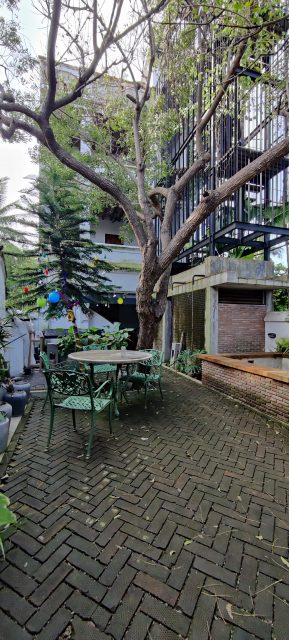
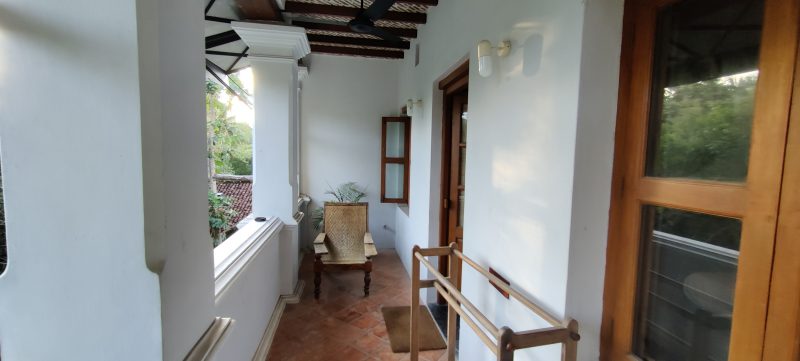
We spent our days as we would normally do in most of our travels. A pre-breakfast walk, this time by the sea or the beach, followed by the breakfast and walking around the places to see, then a lunch and siesta. And again a pre-dinner walk and a post dinner walk. In between, find time to read!
If tranquillity is what you are seeking, then this seemingly empty settlement, Tranquebar, seeped in history, with its silence only broken by singing waves is the place to be.
Tarangambadi is approximately 280 kms from Chennai. It is an ideal extension if you are planning a short holiday in Pondicherry, which is what we did. If budget permits, Bungalow By The Beach is the best place to stay. If not, there are 2 or 3 other options. Food is limited to what you can get from the place where you stay, because there are no other hotels. For dinner, we chose to drive to a restaurant on the highway, which is 4 kms from Tarangambadi.

